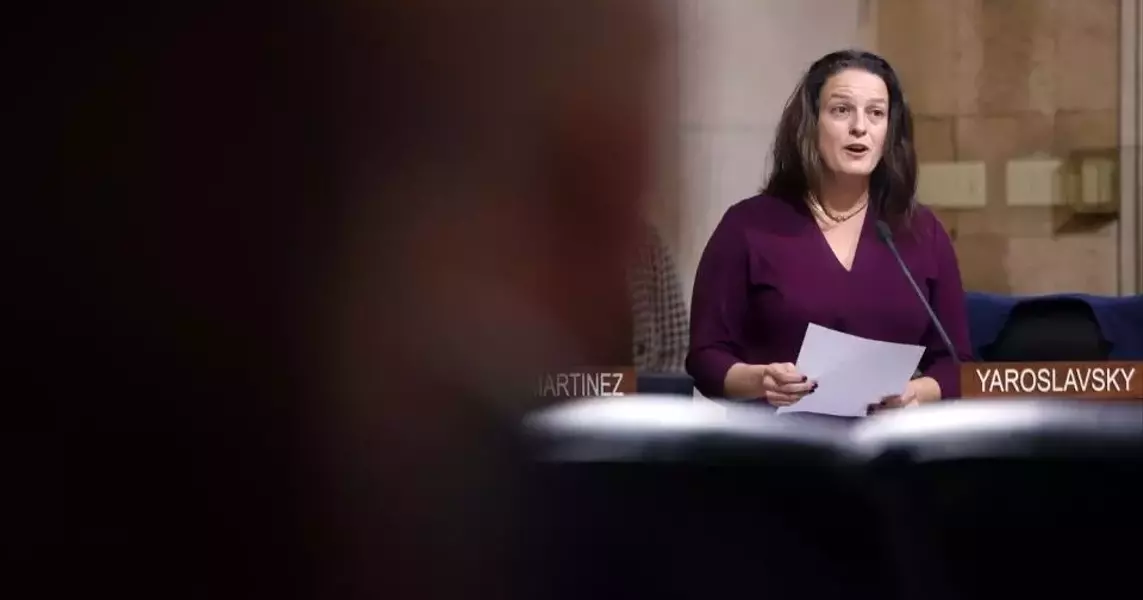Los Angeles City Council Approves Controversial Billion Television City Redevelopment

In a significant development for Los Angeles' entertainment industry, the city council has approved a billion redevelopment project for the historic Television City site. The decision comes after two and a half years of intense debate and opposition from local businesses and community groups. Hackman Capital Partners, the developer, aims to modernize the 25-acre property with new office spaces, soundstages, and production facilities. Despite concerns over traffic and scale, supporters argue that this project is crucial for revitalizing LA's film and television production sector.
Details of the Billion Television City Redevelopment Project
In the heart of Los Angeles, on the bustling intersection of Fairfax Avenue and Beverly Boulevard, a pivotal moment in the city's entertainment history unfolded as the City Council unanimously approved the ambitious Television City (TVC) redevelopment project. This long-awaited decision marks a turning point in a saga that began when Hackman Capital Partners acquired the iconic CBS Television City property in 2019. Over the past few years, the developer has faced staunch opposition from neighborhood giants like A.F. Gilmore Co., owner of the Original Farmers Market, and billionaire Rick Caruso’s Grove LLC, which operates the popular shopping center.
The TVC project envisions transforming the historic 25-acre site into a sprawling complex featuring nearly 1.7 million square feet of space, including offices, soundstages, and retail areas. A key highlight is the planned 15-story office tower within the campus. Proponents, including Councilmember Katy Yaroslavsky, emphasize the project's potential to revitalize the local entertainment industry, which has been hit hard by out-of-state production shifts. Yaroslavsky highlighted the importance of keeping Los Angeles as the global entertainment capital, stating that the stakes are too high to let this opportunity slip away.
However, critics remain unconvinced. Shelley Wagers, co-chair of Neighbors for a Responsible TVC Development, argues that the developer has offered only minimal concessions. She warns of inevitable litigation due to what she sees as a flawed approval process. Meanwhile, Stan Savage Jr., president of A.F. Gilmore Co., expressed concerns about increased traffic impacting nearby small businesses. Despite these objections, Hackman has committed to preserving and restoring the 1952 studio building, earning endorsements from preservation groups like the L.A. Conservancy.
As the dust settles on the council's vote, there are signs of hope for a peaceful resolution. Settlement talks have already begun between Hackman and project critics, with Yaroslavsky projecting optimism about avoiding prolonged legal battles. The developer has also pledged .4 million toward community initiatives, including upgrades to Pan Pacific Park.
From a journalist's perspective, this decision underscores the ongoing tension between economic development and community preservation in urban areas. While the TVC project promises significant economic benefits, it also raises important questions about how cities can balance growth with maintaining the character and quality of life in established neighborhoods. Ultimately, this case serves as a reminder of the complexities involved in shaping the future of iconic urban landscapes.